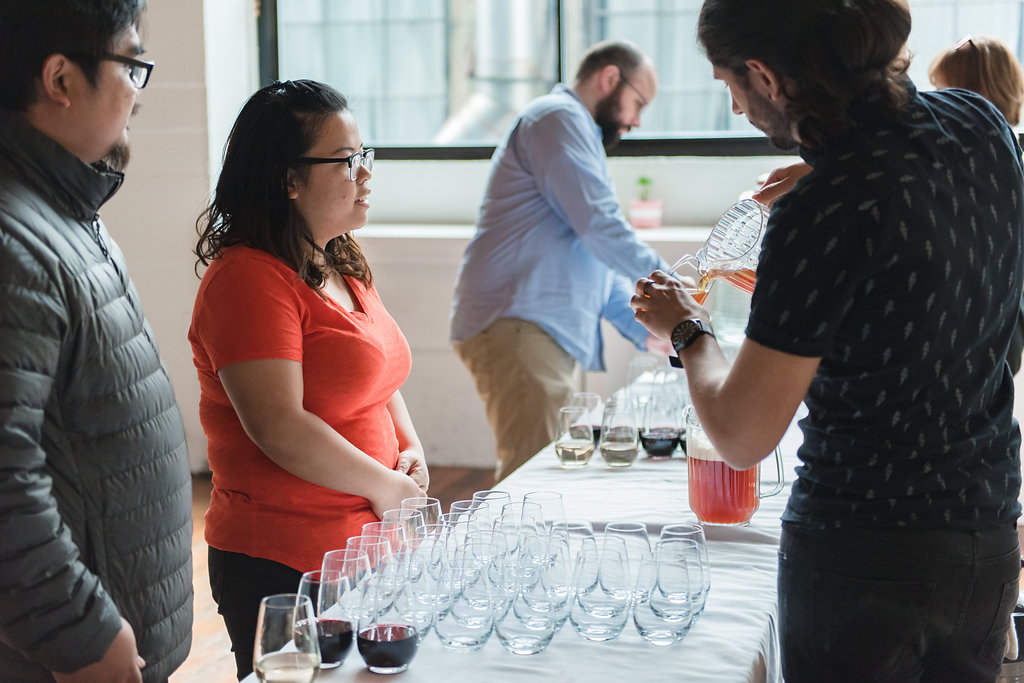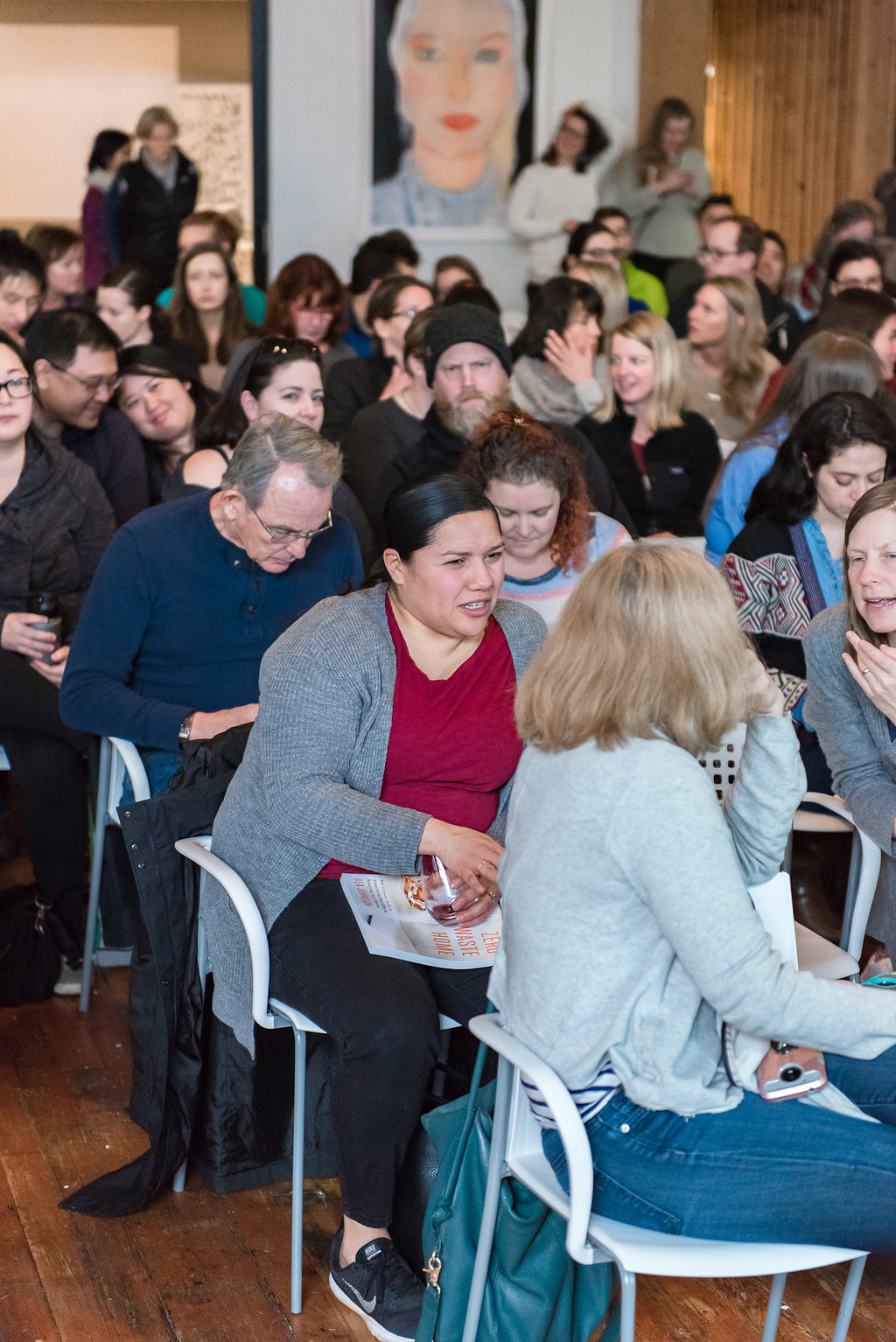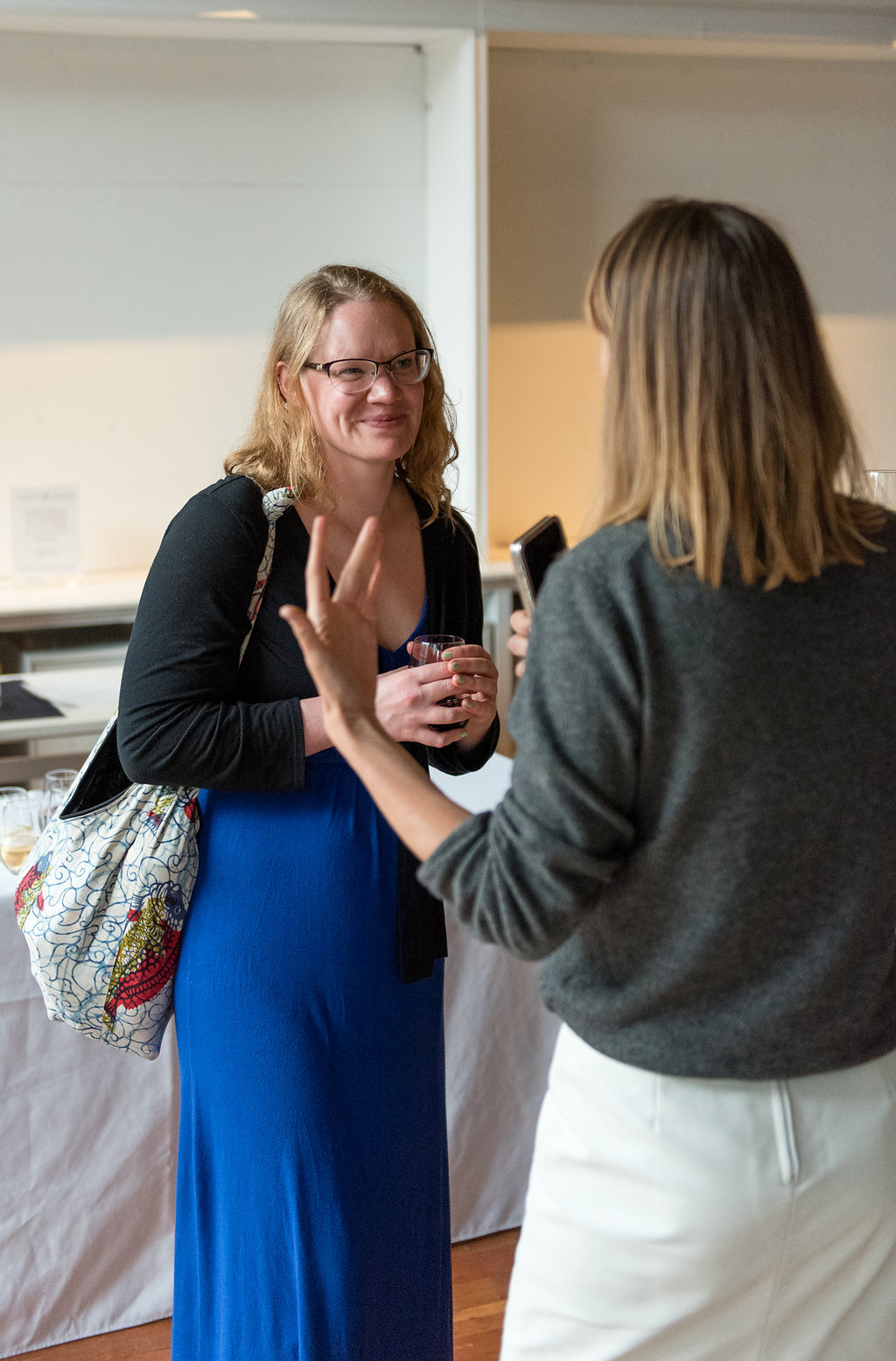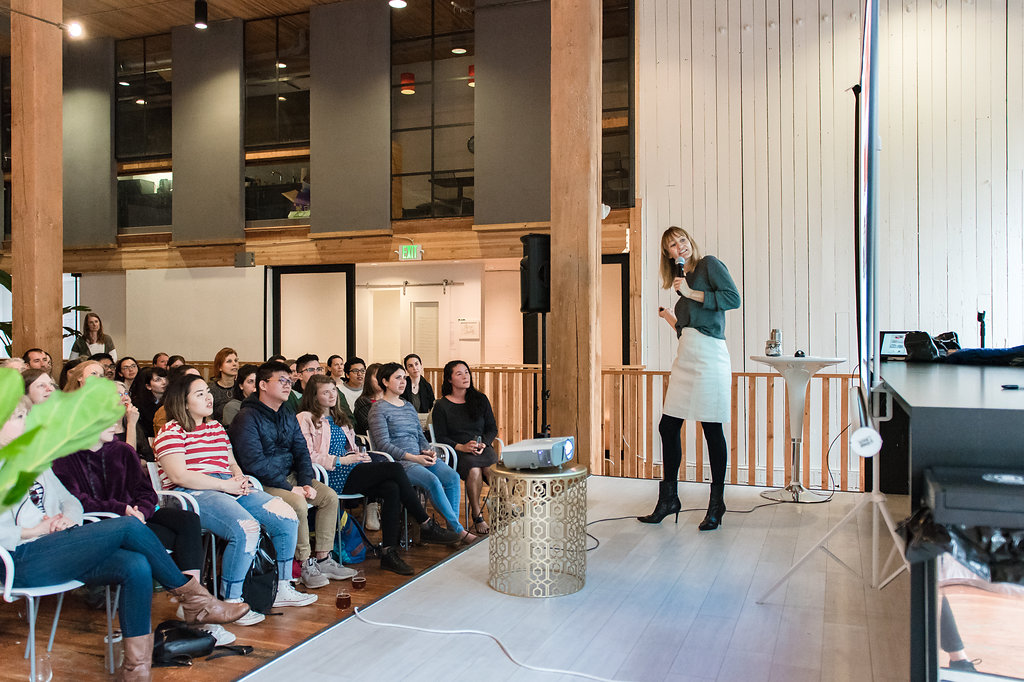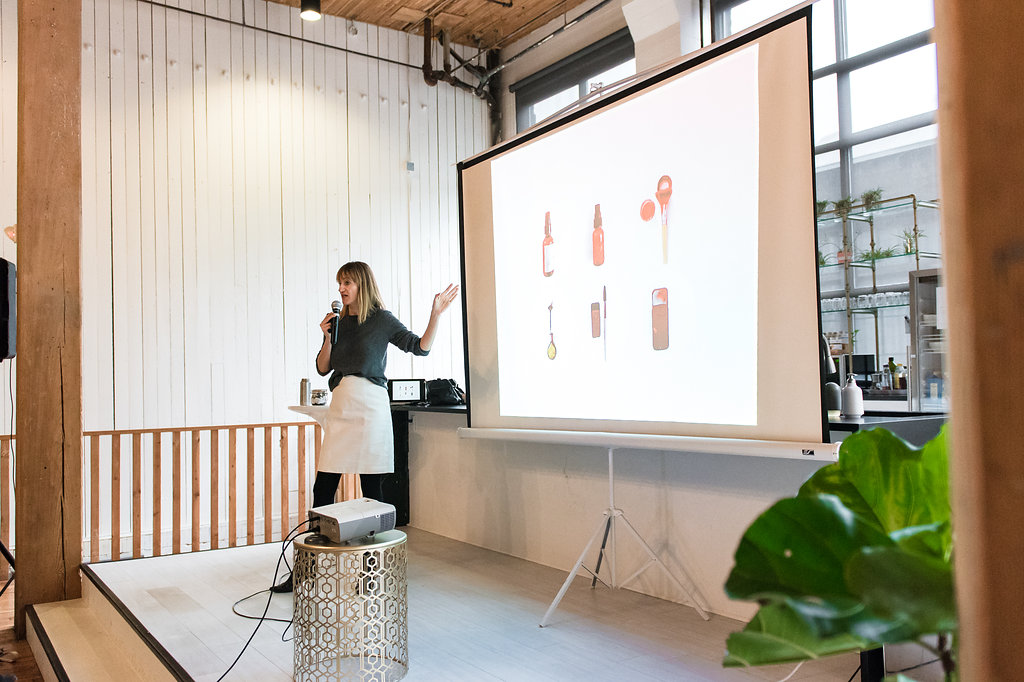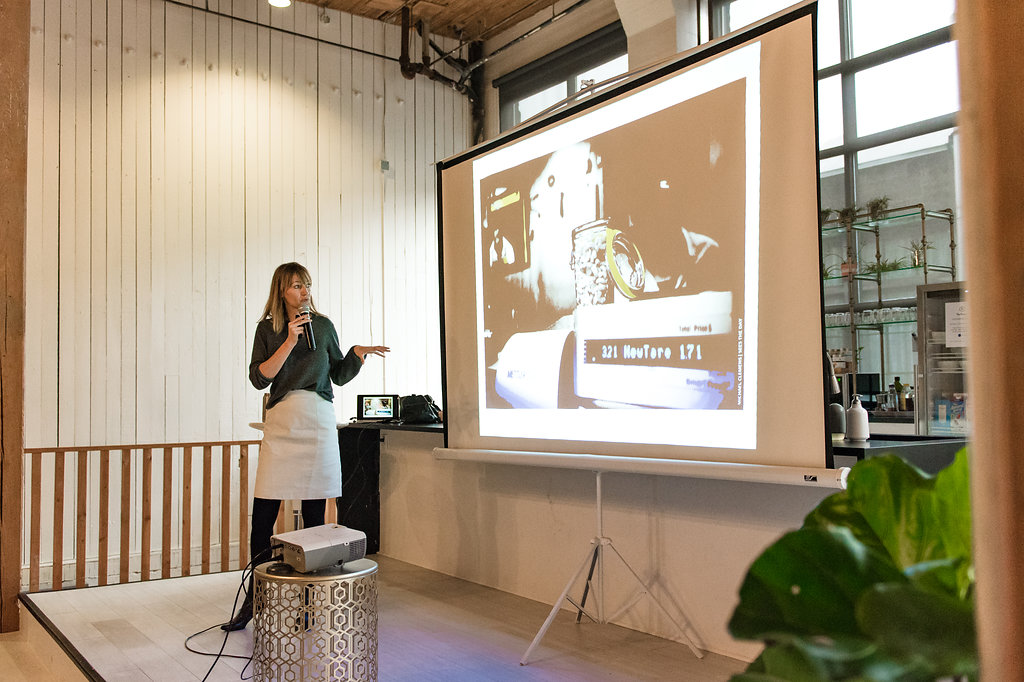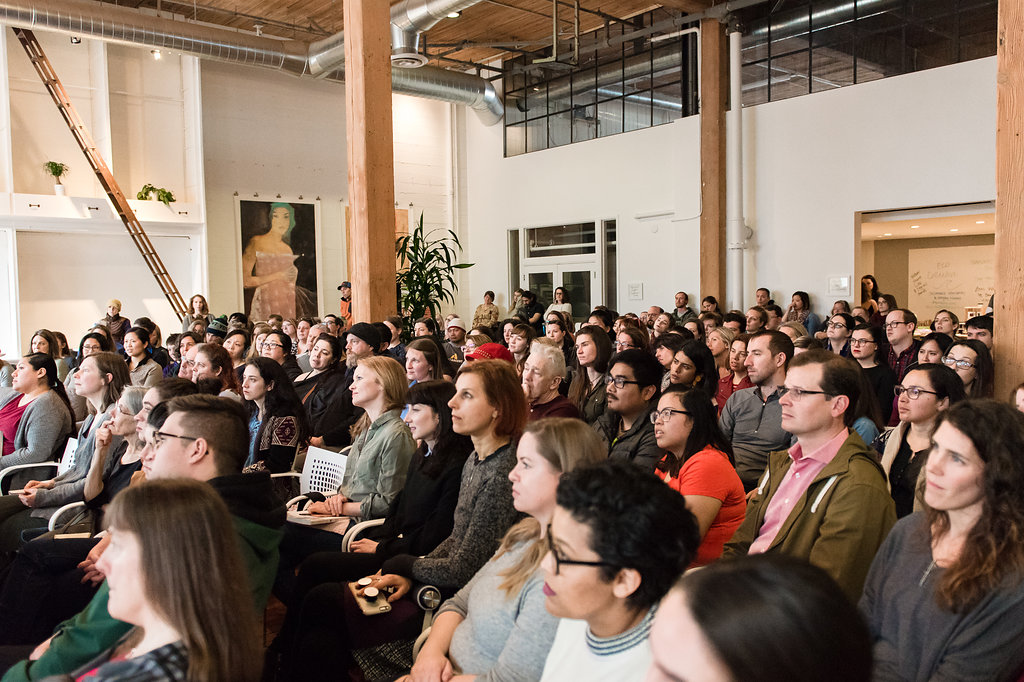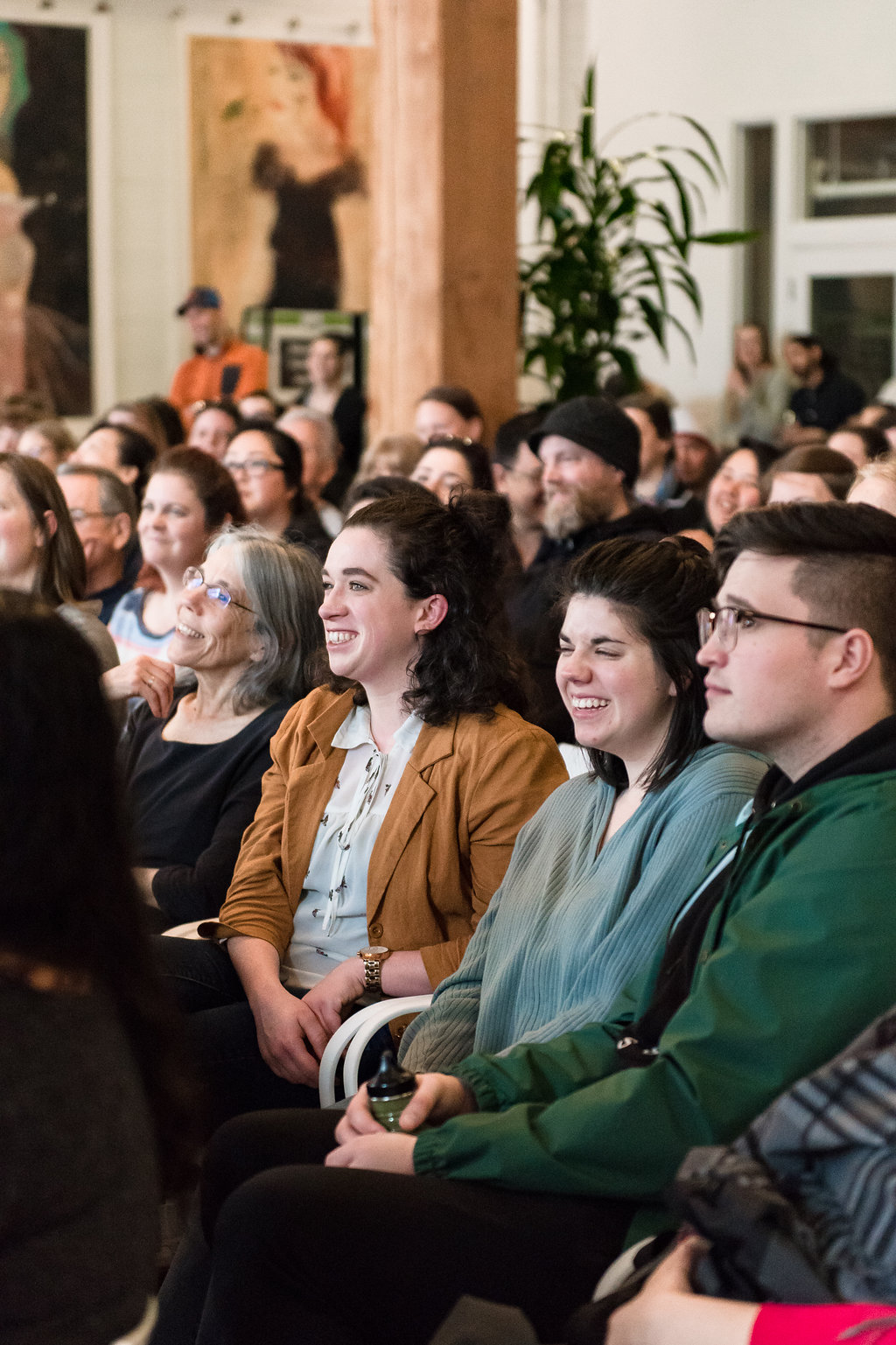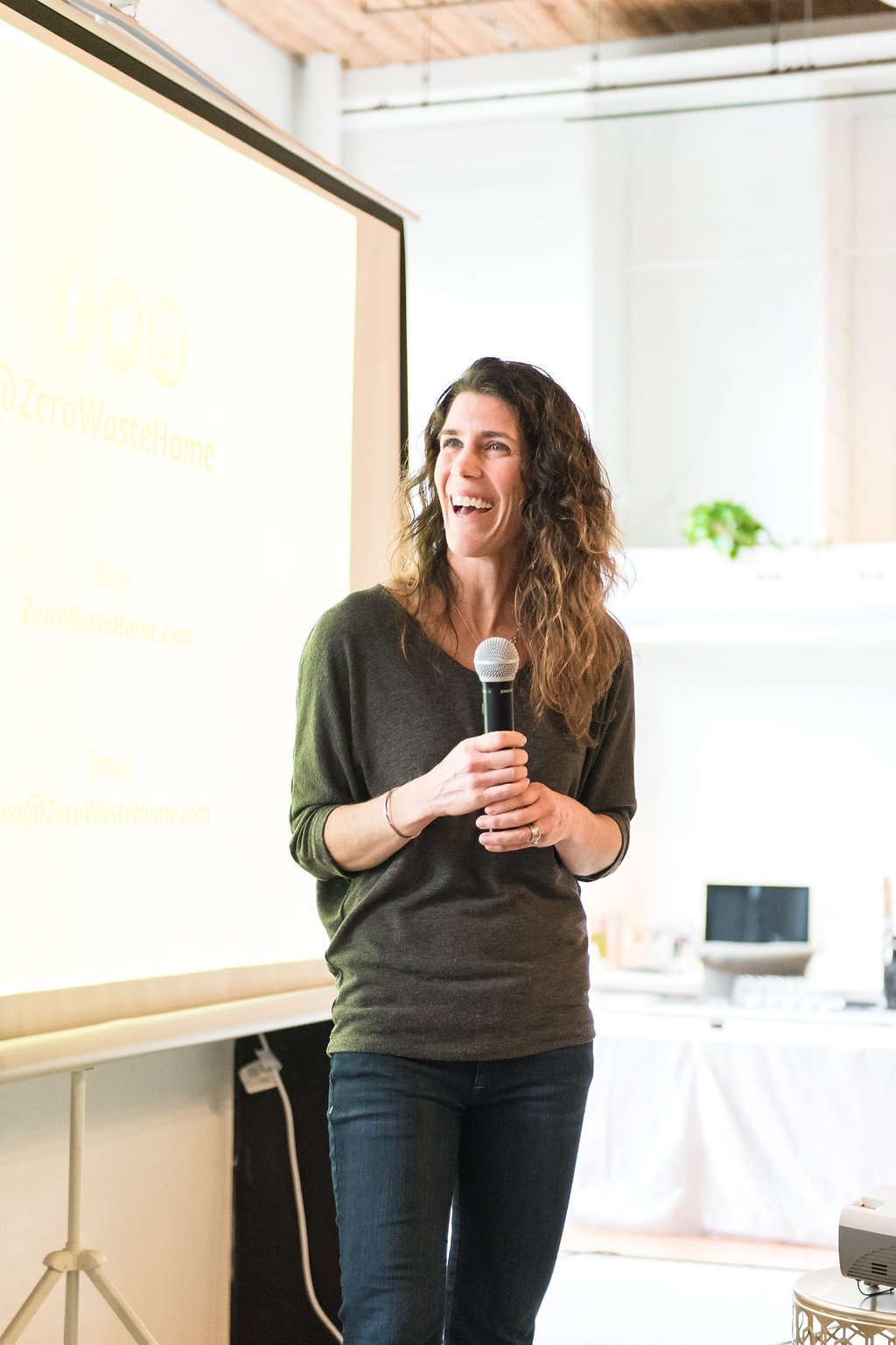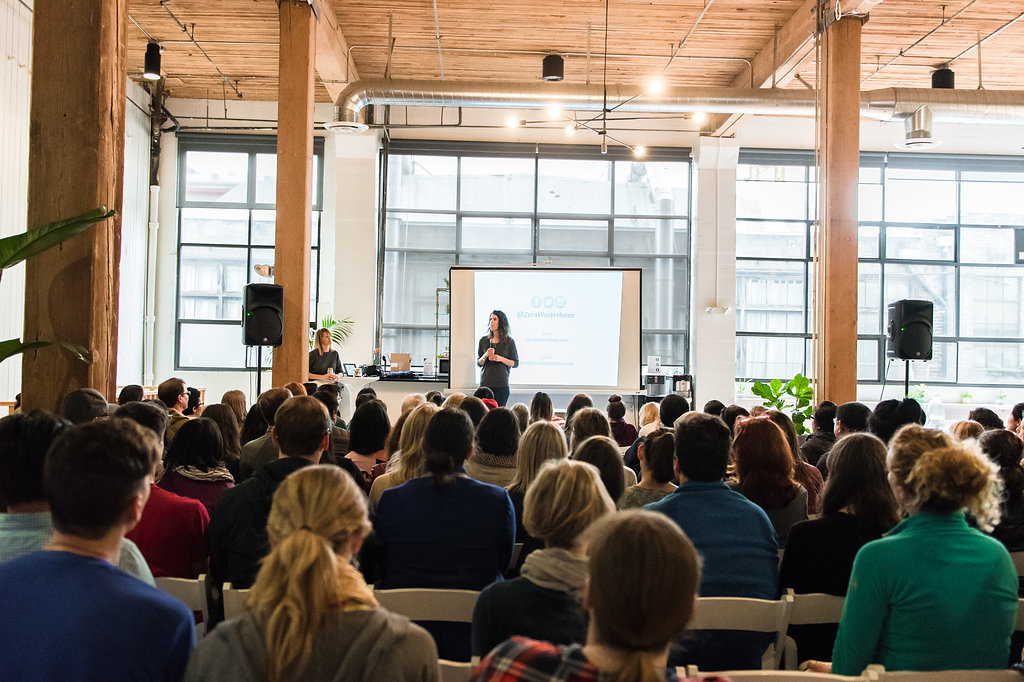We’re excited about the potential for mass timber, and specifically cross-laminated timber, to help us on our quest to revolutionize construction and deliver sustainable, healthy homes to everyone.
What is Mass Timber and Cross-Laminated Timber?
Mass timber is a category of wood product made by fastening or bonding smaller wood components with nails, dowels, or adhesives. Mass timber is exceptionally strong, can be an excellent low carbon substitute for concrete and steel and is particularly well-suited for modular construction and prefab construction.
Cross-laminated timber blocks
Photo courtesy of Oregon Forest Resources Institute
Cross-laminated timber (CLT) is specific type of mass timber, made from wood that has been stacked at 90-degree angles from each other and glued together with a structural adhesive to form panels. Think of CLT as a giant, thick solid sheet of wood. Similar to plywood, but made of solid lumber instead of thin veneers.
CLT panels can be used for the entire structure of a home and has many benefits including:
Health & Wellness: CLT can be used to create beautiful, quiet and healthier homes that can help unlock the promised benefits of biophilic design.
Carbon Sequestration: CLT naturally stores carbon from the atmosphere, which is one significant step to moving beyond net zero energy toward an even more environmentally responsible net zero carbon building.
Circular Economy: As a more durable product, CLT homes will last longer than standard code-built homes. At the end of the structure’s life, it can also be more easily deconstructed and re-used rather than ending up in a landfill.
The Path Beyond Net Zero Ready Homes
If you have followed Green Canopy NODE over the years, you have known the company to be determined to innovate within the world of real estate and build much more sustainable homes than code requires. The team has built increasingly more sustainable homes over the years, proving that homebuilders can deliver net zero energy ready homes at roughly the same cost as code-built homes. However, to take sustainability in housing further and build at increasingly lower costs, the slow to transform industry needs to incorporate innovative construction technologies and leverage offsite manufacturing.
The Power of Manufacturing & Green Canopy NODE
The team, the board, and the shareholders of Green Canopy NODE believe that through the power of manufacturing, Green Canopy NODE can realize the full potential of its mission to build homes, businesses, and relationships to help regenerate communities and environments. To that end, Green Canopy NODE is excited about the promise of cross-laminated timber as a structural technology solution in the residential mid-to-low rise real estate space. CLT is ideal for leveraging manufacturing. As an engineered wood product, it is more dimensionally stable and easy to carve and groove using large precise computer controlled cutting machines. Controlling uniformity and tolerances allows for efficient installation while maximizing structure and sustainability.
Innovating to Deliver CLT Housing at all Income Levels
The challenge of building with CLT is the increased cost associated with the cost of extra wood in the floors and walls, especially in mid-to-low rise residential buildings. Green Canopy NODE is working on innovative financing, wood sourcing, construction technologies, design, and manufacturing strategies to lower the cost of construction and make CLT available for housing at all income levels.
For those of you who like to mine for more information here are some links with additional detail on CLT and its benefits:





